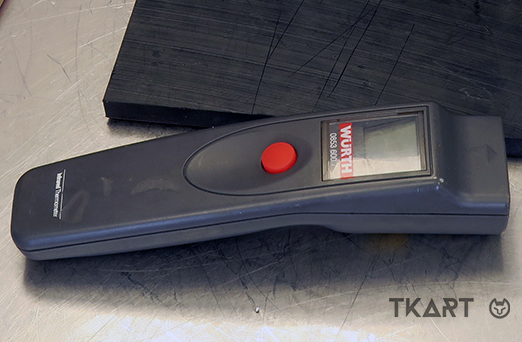Frequent Searches
Frequent Searches
As is widely known, bearings are parts that facilitate the sliding of moving mechanical parts in relation to each other. “Main” bearings, in particular, hold the crankshaft and are inserted by force into the circular housings of the two semi-carters. When fitted properly, their replacement intervals are quite far apart, nevertheless, it is advisable to subject them to periodic maintenance and, above all, replace them if they break (which usually happens when the roller bearing cage breaks, since it is made of plastic instead of metal in order to reduce friction and avoid damaging the engine should it break).
Since they are inside the semi-carter, replacing them means opening the engine into two halves, disassembling the sprocket and ignition flywheel and removing the crankshaft and crank drive. Only then can the process of replacing the main bearings begin.
Dr TKART has already explained some of the tasks required for this job in a previous article, which, however, widened the analysis to all the "underside" (connecting rod, crankshaft, cages, etc.) of the engine. Here, however, there is a greater focuses on the main bearings.

Once the crankcase has been opened into two halves, they have to be washed using a degreaser. The task is necessary, since, afterwards, the two semi-carters will be heated in the oven. Some may find it odd, but the heat of the oven is the best way to take exploit the size variations of the materials at high temperatures: the aluminium crankcases will dilate much more than the steel bearings, meaning that the forced coupling with which the two elements are joined will loosen as a consequence and allow the bearing to be removed.
Heating the crankcase is achieved by setting the oven to 120° C, so that they reach the correct temperature (which can be checked using a thermal gun) of 60 to 80° C. The measurement must be carried out externally, in the bearing housing area.
Once the semi-carters have been heated, the bearings will still be slightly blocked, but with a few knocks, using specific pads for roller bearing, they will easily slide out.
In the case of ball bearings, which are more resistant to lateral knocks, socket wrenches can also be used, positioning them around the outer bearing ring, and using a mallet to carefully knock the socket wrench.
In order to be as less aggressive as possible on the bearings and their housings, it’s best to use a rubber tipped mallet.